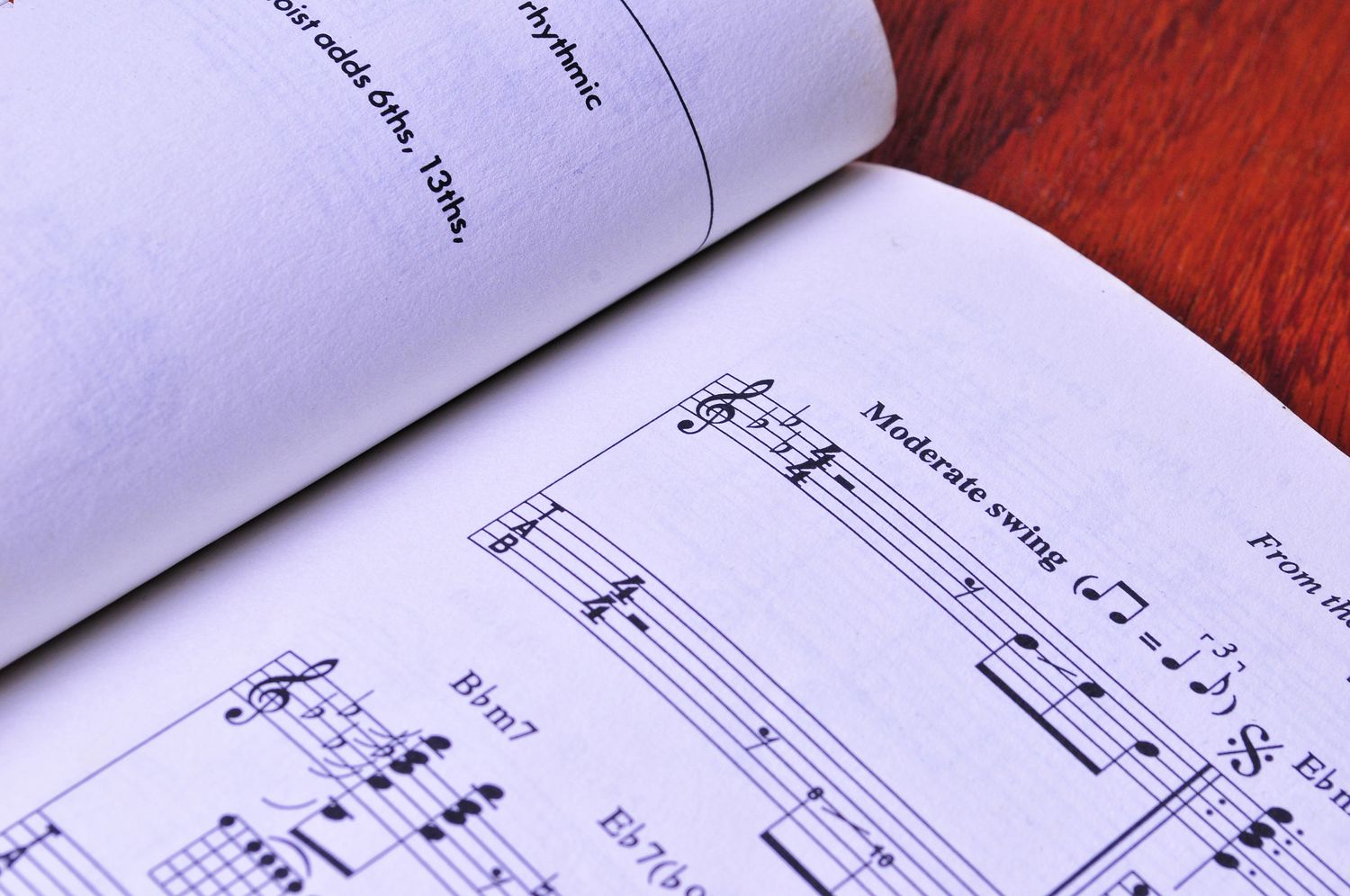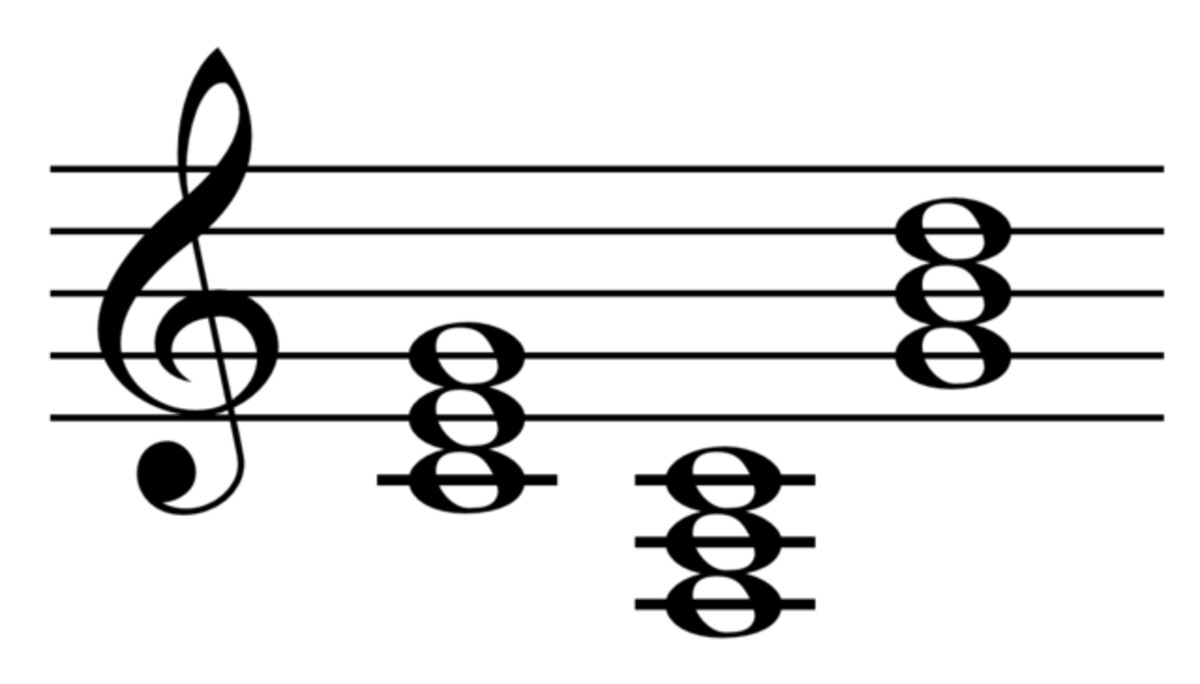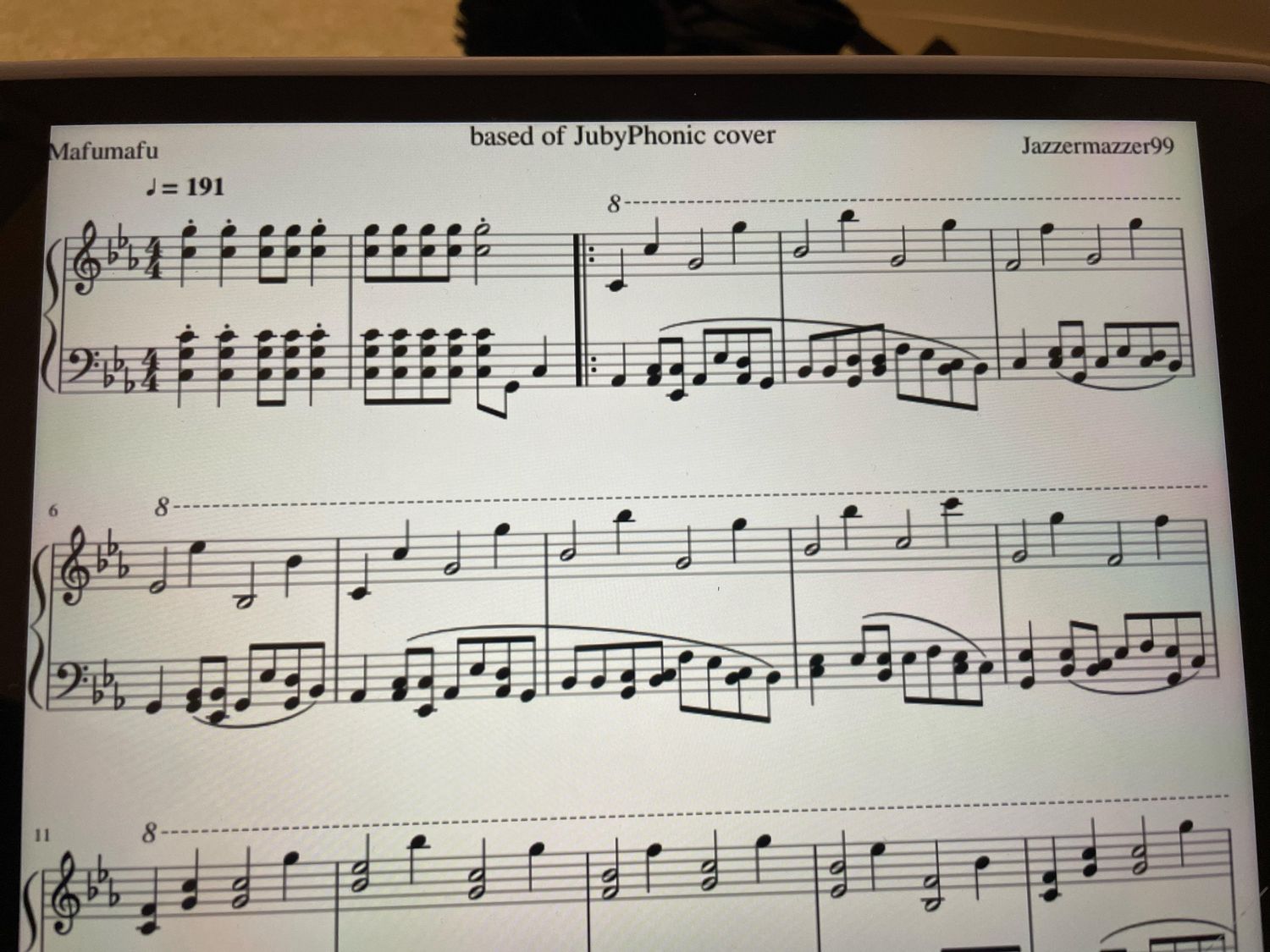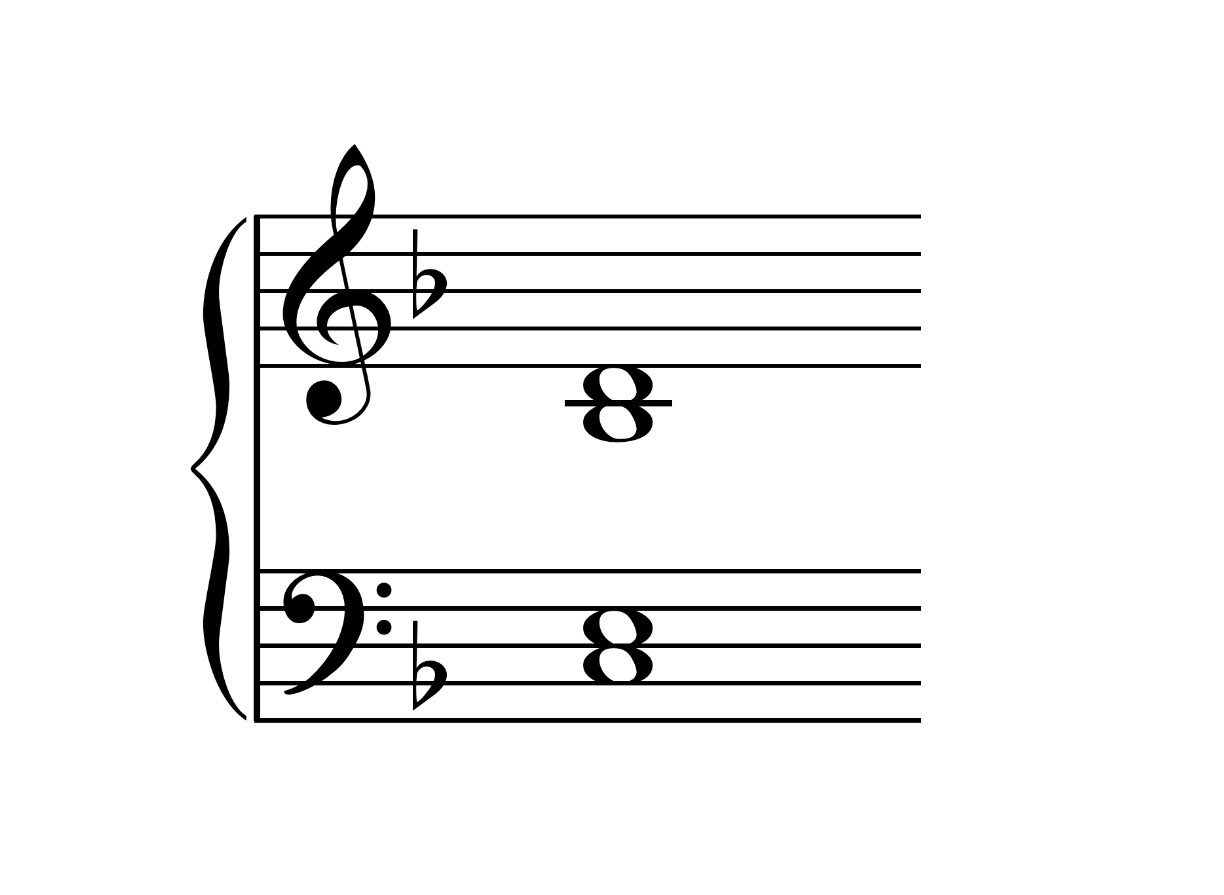Home>Production & Technology>Music Theory>What Is A Tonic In Music Theory
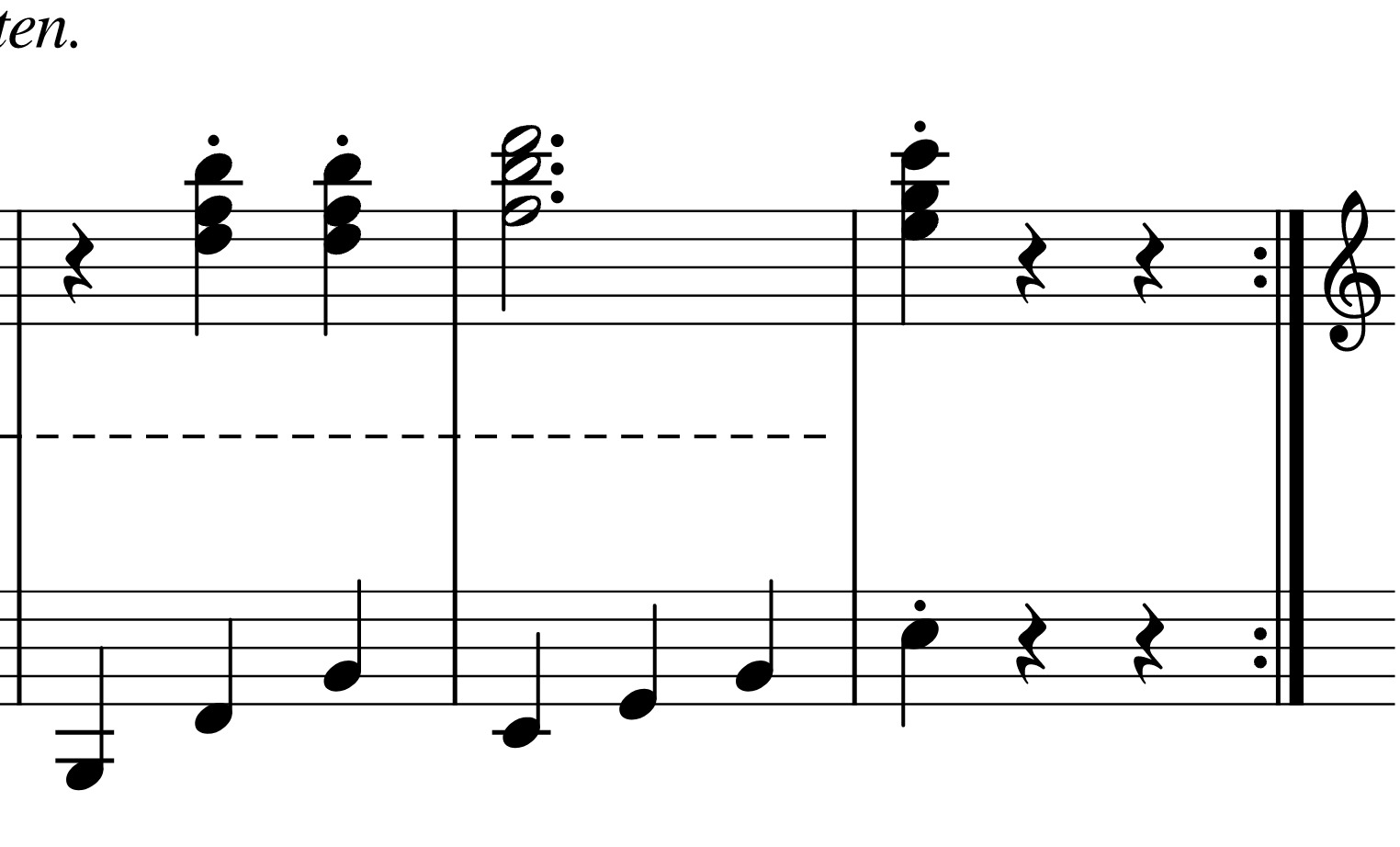

Music Theory
What Is A Tonic In Music Theory
Published: January 31, 2024
Learn what a tonic is in music theory and how it relates to the overall structure and key of a musical piece. Enhance your understanding of music theory now!
(Many of the links in this article redirect to a specific reviewed product. Your purchase of these products through affiliate links helps to generate commission for AudioLover.com, at no extra cost. Learn more)
Table of Contents
Introduction
Music theory is the backbone of understanding and appreciating music. It provides the tools and concepts to analyze, compose, and perform music effectively. One fundamental concept in music theory is the idea of a tonic.
The tonic is a cornerstone of tonal music, acting as the central point that other musical elements revolve around. Its significance lies in its ability to establish a sense of stability and resolution within a musical composition.
In this article, we will delve into the definition of a tonic, explore its importance in music theory, and examine its function in major and minor scales. We will also discuss how the tonic serves as the starting and ending point in a musical piece and acts as the center of gravity for musical compositions. Lastly, we will touch upon tonic chords and progressions.
Whether you are a musician, music student, or just a curious music lover, understanding the concept of a tonic and its role in music theory will deepen your appreciation and comprehension of the music you encounter.
Definition of a Tonic
At its core, the tonic can be defined as the main or central pitch in a musical composition. It serves as the point of reference in establishing the key or tonality of a piece of music. The tonic is often represented by the first note of a scale.
In other words, the tonic is the home base of a musical composition. It provides a sense of stability and acts as a point of rest and resolution. When a piece of music is in a specific key, it means that the tonic note is the primary focal point, and all other notes and harmonies relate back to it.
The tonic note is of utmost importance in music theory because it establishes the musical framework and provides a tonal center that guides the listener’s perception of the composition.
For example, in the key of C major, the tonic is the note C. This means that the composition will primarily revolve around C as the central pitch and will often resolve to C, creating a sense of resolution and completeness.
It is important to note that the tonic is not limited to a single note. In fact, it can refer to a tonic chord, which includes other notes that harmonize with the tonic pitch. The tonic chord is typically made up of the tonic note, a third above the tonic note, and a fifth above the tonic note.
Overall, the definition of a tonic encompasses the main pitch or chord that serves as the central point in establishing the key or tonality of a musical composition. It is the foundation upon which the entire piece is built, providing stability and resolution.
Importance of the Tonic
The tonic plays a crucial role in music theory and composition due to its significance in establishing key and tonality. Here are several reasons why the tonic is important:
- Establishing Key: The tonic serves as the foundation for determining the key of a musical composition. It provides a tonal center that helps listeners orient themselves and understand the harmonic context of the piece.
- Creating Stability: The tonic note or chord acts as a point of stability and resolution. It gives the listener a sense of rest and completion after musical phrases or sections, contributing to the overall form and structure of the composition.
- Guiding Melodies and Harmonies: The tonic provides a framework for melodic and harmonic development. Other notes and chords in the composition interact with and relate back to the tonic, creating tension and release, and shaping the overall musical narrative.
- Emotional Impact: The tonic has a significant emotional impact on listeners. It can evoke feelings of satisfaction, resolution, or even tension and anticipation when used creatively. Understanding the role of the tonic allows composers to manipulate the emotional journey of the listener.
- Creating Unity: The tonic acts as a unifying force throughout a composition. It establishes a common thread that connects different sections or movements, giving the music a coherent and cohesive quality.
Whether you are analyzing a piece of music, composing your own melodies, or simply listening and appreciating music, recognizing the importance of the tonic will enhance your understanding and enjoyment. It provides a solid foundation for exploring the nuances and complexities of tonal music and allows you to appreciate the artistry behind musical compositions.
Tonic Function in Major Scales
In major scales, the tonic holds a prominent role and acts as the central point of reference. It provides a sense of stability and resolution, serving as the tonal center around which the other notes and chords revolve. Let’s explore the tonic function in major scales in more detail:
1. Establishing Key: The tonic note in a major scale determines the overall key of the composition. For example, in the key of C major, the tonic note is C, and all other notes and chords in the scale relate back to the tonic note. The tonic establishes the key signature and influences the melodic and harmonic choices throughout the composition.
2. Creating a Sense of Home: The tonic note in a major scale acts as the musical “home.” It provides a point of rest and stability, creating a familiar and comfortable feeling for the listener. Melodies and phrases often resolve to the tonic note, reinforcing its function as the tonal center.
3. Harmonic Tendencies: The tonic chord in a major scale, often referred to as the tonic triad, is built upon the tonic note and consists of the tonic, a major third above the tonic, and a perfect fifth above the tonic. This chord is the foundation of the major scale and helps establish the tonality of the composition.
4. Key Modulations: The tonic serves as a reference point for key modulations within a composition. When a piece of music changes key, the tonic of the new key becomes the new tonal center, leading to different harmonic progressions and melodic directions.
Understanding the tonic function in major scales allows musicians and composers to navigate and express themselves within a specific key. It provides a sense of grounding and direction, shaping the overall sound and mood of the composition.
Tonic Function in Minor Scales
In minor scales, the tonic plays a crucial role in establishing the tonal center and creating a distinct mood. While it shares similarities with major scales, there are some notable differences in the tonic function within minor scales:
1. Establishing Key: Similar to major scales, the tonic note in a minor scale determines the overall key of the composition. For example, in the key of A minor, the tonic note is A, and all other notes and chords in the scale relate back to the tonic note.
2. Natural, Harmonic, and Melodic Minor: Depending on the minor scale being used (natural minor, harmonic minor, or melodic minor), the tonic note might differ slightly. These variations affect the sound and character of the scale, leading to different melodic and harmonic possibilities.
3. Mood and Emotion: In contrast to major scales, minor scales often evoke a somber, melancholic, or mysterious mood. The tonic note in a minor scale reinforces this tonal color, providing a sense of introspection, yearning, or tension.
4. Tonic Chords: The tonic chord in a minor scale, known as the tonic triad, is built upon the tonic note and consists of the tonic, a minor third above the tonic, and a perfect fifth above the tonic. This chord is essential in establishing the tonality and emotional character of the minor scale.
5. Modal Interchange: The tonic function in minor scales allows for modal interchange, where chords or progressions from the parallel major scale are borrowed to create tonal variety and harmonic interest. This interchange can add complexity and richness to the composition.
Understanding the tonic function in minor scales is crucial for musicians and composers in capturing the unique mood and emotional expression associated with minor tonalities. It provides a foundation to explore the depth and subtleties of minor compositions, guiding melodic and harmonic choices.
Tonic as the Starting and Ending Point
The tonic holds a significant role as both the starting and ending point in musical compositions. It establishes a sense of musical structure and provides a satisfying resolution. Let’s explore how the tonic functions as the starting and ending point:
Starting Point: The tonic sets the stage for the entire composition. It serves as the initial point of reference, creating a sense of anticipation and setting the tonal center from the very beginning. Starting a piece with the tonic note or chord immediately establishes the key and tonality, guiding the listener’s expectations.
Building Tension: Once the tonic is introduced, the composition can progress, introducing new melodies, harmonies, and rhythms. As the music develops, it might move away from the tonic, creating tension and a desire for resolution.
Developing Musical Themes: The initial presentation of the tonic serves as a launching point for introducing and developing musical themes. Melodic and harmonic motifs often emerge from the tonic, creating repetition, variation, and development throughout the composition.
Ending Point: Just as the tonic establishes the musical framework at the beginning, it is also used to conclude the composition. Ending a piece of music on the tonic note or chord provides a sense of resolution, closure, and completeness. It brings the musical journey full circle and reinforces the tonal center.
Creating a Sense of Unity: By using the tonic as both the starting and ending point, composers create a sense of unity within the composition. It creates a musical bookend, tying together various sections or movements and providing a cohesive structure.
Understanding the significance of the tonic as the starting and ending points in a composition allows musicians and composers to effectively structure their music, create tension and release, and provide a satisfying musical journey for the listener.
Tonic as the Center of Gravity
The tonic serves as the center of gravity in a musical composition. It acts as a gravitational force that pulls other musical elements towards it, creating a sense of balance and stability. Here’s why the tonic is considered the center of gravity:
Musical Anchoring: The tonic establishes a point of reference that anchors the composition. It provides a sense of familiarity and stability, allowing listeners to orient themselves within the musical landscape.
Harmonic Relationships: The tonic serves as the reference point for the relationships between other notes and chords in the composition. It acts as a gravitational center, pulling the other harmonies towards it and creating a sense of tension and resolution.
Modulation: When a composition switches keys or modulates, the tonic of the new key becomes the new center of gravity. The compositional elements now pivot around the new tonic, creating a shift in tonality and altering the emotional palette of the music.
Tonal Hierarchy: The tonic, along with its associated chords and progressions, establishes a tonal hierarchy within the composition. It gives certain notes and chords a stronger relationship to the tonic, creating a sense of tension and release as they move towards or depart from the tonic.
Dynamic Contrast: By manipulating the relationship between the tonic and other musical elements, composers can create dynamic contrast in a composition. Building tension by moving away from the tonic and then resolving back to it can intensify the emotional impact of the music.
The dynamic interplay between the tonic and other musical elements is what gives a composition its unique character and narrative. The tonic acts as the gravitational center, guiding the listener’s musical experience and providing a sense of coherence and balance throughout the composition.
Tonic Chords and Progressions
Tonic chords and progressions play a crucial role in music theory and composition. They revolve around the tonic note and contribute to the overall harmonic structure and emotional impact of a composition. Let’s explore the significance of tonic chords and progressions:
Tonic Triad: The most basic tonic chord, known as the tonic triad, consists of the tonic note, a third above the tonic, and a fifth above the tonic. In major scales, the tonic triad is major, while in minor scales, it is typically minor. The tonic triad acts as the foundation of the tonality and establishes the key of the composition.
Common Chord Progressions: Tonic chords often appear in common chord progressions that help shape the mood and character of a piece. For example, the I-IV-V progression is frequently found in various genres and utilizes the tonic, subdominant, and dominant chords to create tension and resolution.
Modulation: Tonic chords and progressions also play a role in modulating from one key to another. By using chord progressions that lead to the tonic of the new key, composers can smoothly transition from one tonal center to another, creating a sense of movement and variety within the composition.
Altering the Tonic Chord: Composers often use chord alterations to add color and tension to the tonic chord. Common alterations include adding extra notes, using suspended chords, or incorporating extensions such as the dominant seventh or major seventh, providing a sense of richness and harmonic interest.
Tonic Function in Context: Tonic chords and progressions derive their significance from their relationship to other chords within the composition. For example, the tonic chord can sound stable and resolved when following a dominant or leading tone chord, while it can create a sense of tension and anticipation when leading to a more dissonant chord.
Tonic chords and progressions serve as the backbone of harmonic development, grounding the listener and providing a sense of direction within a composition. By understanding their role and exploring different variations and progressions, musicians and composers can create harmonically rich and engaging musical experiences.
Conclusion
Understanding the concept of a tonic is essential for anyone interested in music theory and composition. The tonic serves as the central point of reference, providing stability, resolution, and tonal center within a musical composition. It acts as the starting and ending point, creating a sense of structure and unity.
Whether in major or minor scales, the tonic plays a crucial role in establishing the key, navigating harmonic relationships, and shaping the emotional impact of the music. It acts as the center of gravity, pulling other musical elements towards it and creating a sense of balance and coherence.
Tonic chords and progressions further contribute to the harmonic richness and tonal variety of a composition. They create tension and release, guide melodic development, and facilitate key modulations.
By recognizing the importance of the tonic, musicians and composers can unlock the potential to create captivating musical narratives, evoke emotional responses, and craft harmonically compelling compositions.
So, whether you are analyzing a piece of music, composing your own melodies, or simply enjoying the sounds of your favorite songs, take a moment to appreciate the power and significance of the tonic. It is the foundation upon which music theory is built, and it enhances our understanding and enjoyment of the music we encounter.

